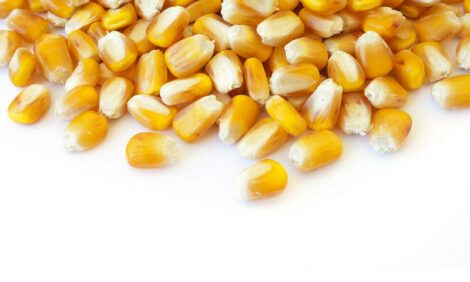



The Effect of Space Allocation in Hoop Structures on Swine Performance and Pork Quality
By Brenda Patton, Elisabeth Huff-Lonergan, Mark Honeyman and Steven Lonergan. This article is from the Iowa State University Animal Industry Report 2006.Summary and Implications
The objectives of the current study were to determine the degree to which space allocation in a deep-bedded hoop structures influences swine performance and pork quality. The deep-bedded method employed in the current study was the use of hoop structures; Pigs finished at lower stocking rates had significantly lower muscling in the loin and produced pork appearing significantly darker than pigs stocked at higher rates.
No significant differences in growth rate, carcass composition were noted. No differences in pork water holding capacity or tenderness were detected. It is concluded that stocking density ranging from 7.5 ft2/pig to 12.00 ft2/pig does not influence swine growth performance or pork quality.
Introduction
Alternatively-managed pigs differ from intensive systems in that pigs have a chance to pursue their natural instincts and have more space to move freely. This is brought about by variations in housing style, stocking rate, flooring, and bedding type. Variations in stocking rates influence behavior and swine performance. Reducing space has been shown to increase observations of abnormal behaviors and levels of aggression.
Higher incidence of these behaviors could increase stress, thereby impacting peri-mortem metabolism. Variations in perimortem metabolism will induce changes in the conversion of muscle to meat, leading to differences in ultimate pork quality. Several studies have reported increased acceptability of pork from pigs finished in systems that allocate more space. The standard stocking density during the finishing phase commonly implemented in confinement systems is 7-10 ft2/pig.
The optimum space allocation for several alternative environments has yet to be defined. The following experiment was designed and implemented to determine the degree to which space allocation in a deep bedded system influences swine performance, pork quality and adipose tissue attributes in deep-bedded, semi-outdoor structures.
Materials and Methods
Six groups of 100 pigs were chosen in a completely randomized fashion and sorted in one of two groups; High (n = 50) with a stocking density of 7.5 ft2/pig, or normal (n=50) with a stocking density of 12.00 ft2/pig. Pigs were pre-sorted to ensure equal representation of litter within groups. Diet, vaccinations and herd management were standardized within all groups.
Six gilts from each group were stratified by slaughter weight, and sorted into six weight range groups. One gilt from each weight range group was randomly chosen for sampling. Average daily gain, feed conversion and slaughter weight were recorded. Groups were transported 126.8 miles to the Iowa State Meat Laboratory and held for slaughter approximately 24 hours.
Percent shrink incurred during transportation and lairage was calculated. Dressing percentage, 10th rib backfat thickness, last rib fat thickness, loin eye area and percent fat free lean were recorded for each carcass. Percent fat free lean was calculated using the National Pork Board Percent Fat Free Lean calculation. Pork color, marbling, firmness, pH and water holding capacity were determined on each loin approximately 24 h postmortem.
Results & Discussion
Allocating greater area of space did not influence performance (Table. 1). Greater space allocation had minimal influence on fresh pork quality attributes (Table. 2). pH decline did not differ between the two treatment groups Space allocation did not affect, lean marbling, firmness or wetness. Pigs finished at lower stocking rates had significantly lower degree of muscling in the loin and produced pork appearing significantly darker than pigs stocked at higher rates. There were no measurable differences between L*, a* or b* between the two groups of pigs. Drip and purge loss were not affected by space allocation.
Table 1 The effect of space allocation within hoops on swine growth and carcass performance. |
Table 2. The effect of space allocation within hoops on fresh pork quality attributes. |
Further information
For a full list of articles within the Animal Industry Report 2006, click hereJune 2006








